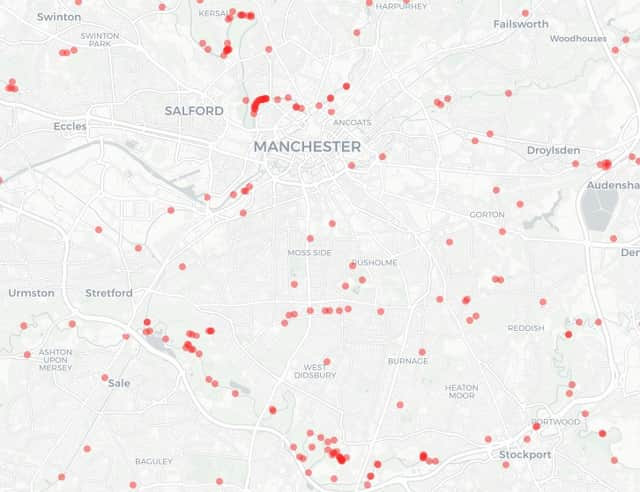Japanese knotweed explained as interactive map shows Greater Manchester hotspots people need to be aware of
and live on Freeview channel 276
An interactive map shows Greater Manchester residents where the area’s Japanese knotweed hotspots are.
While it’s not illegal to have the plant in your garden, homeowners need to keep it under control as it can cause damage to buildings. So it’s well worth checking if you’re near any problem patches and understand what to do. There are nearly 30,000 confirmed cases in the UK.
Advertisement
Hide AdAdvertisement
Hide AdWhy is Japanese knotweed a problem?
The plant has been known to cause damage to building structures by targeting weak points and attempting to grow through them. It’s not illegal to have Japanese knotweed in your garden, but on your property, you should aim to control the plant to prevent it from becoming a problem in your neighbourhood.
Where are Manchester’s Japanese knotweed hotspots?


The interactive map from Horticulture Magazine shows hotspot areas in Manchester including Withington and on the banks of the River Irwell in Salford. The city centre is among the areas that appear to be completely clear of reports of Japanese knotweed. Looking at the region as a whole, Bolton appears to be particularly badly hit whereas Oldham is largely clear.
How does Japanese knotweed develop?
Japanese knotweed is typically spread accidentally through the movement of soil or gardening waste, or via rivers and streams when pieces of rhizome break off and take hold in new locations. In winter the plant dies back to ground level but by early summer the bamboo-like stems emerge from rhizomes deep underground to shoot to over 2.1m. The creamy-white flower tassels produced in late summer and early autumn reach up to 15cm.
Where did Japanese knotweed come from?
It’s believed that Japanese knotweed was originally imported into the UK from Japan back in the nineteenth century, when engineers thought it would stabilise and beautify railway embankments.
Comment Guidelines
National World encourages reader discussion on our stories. User feedback, insights and back-and-forth exchanges add a rich layer of context to reporting. Please review our Community Guidelines before commenting.
